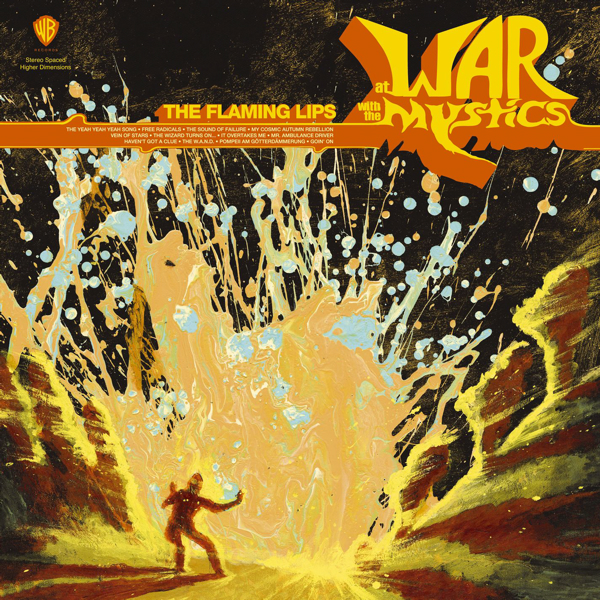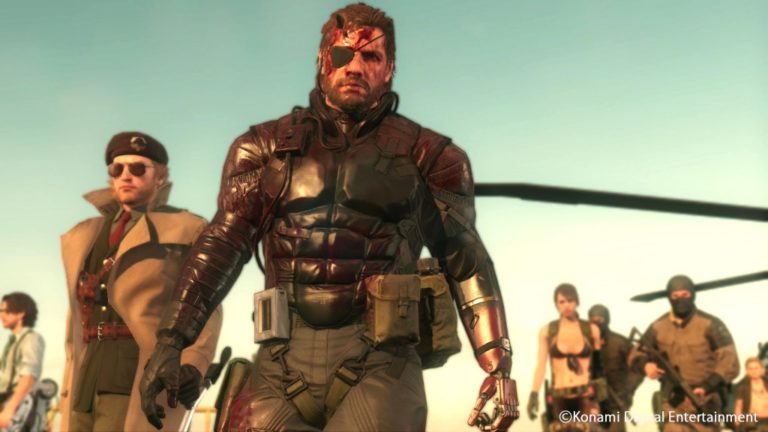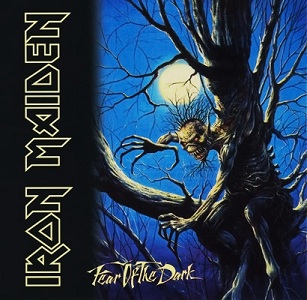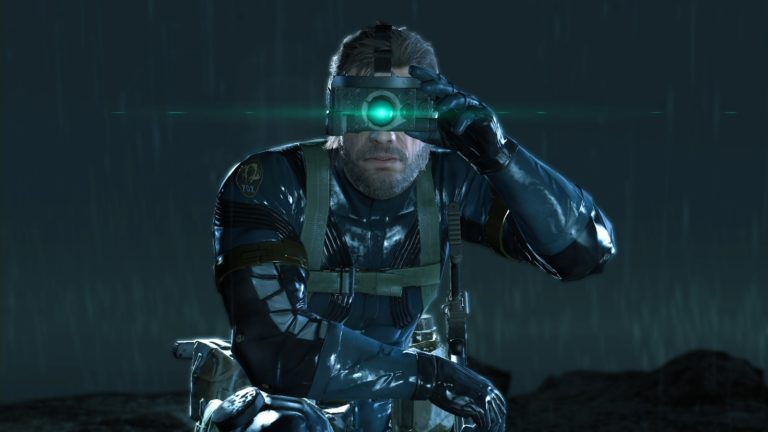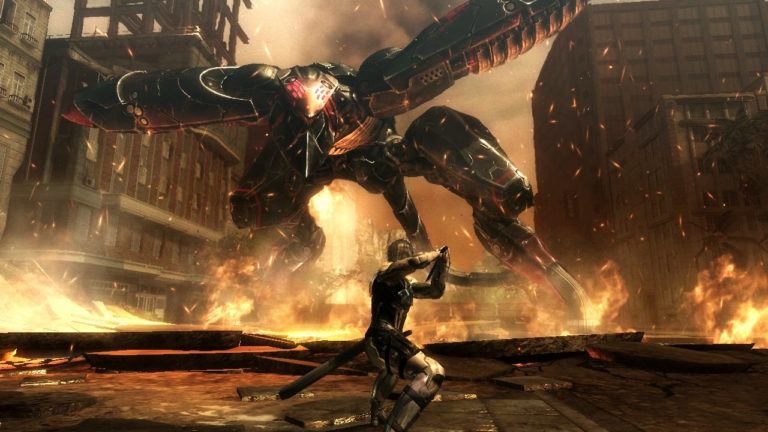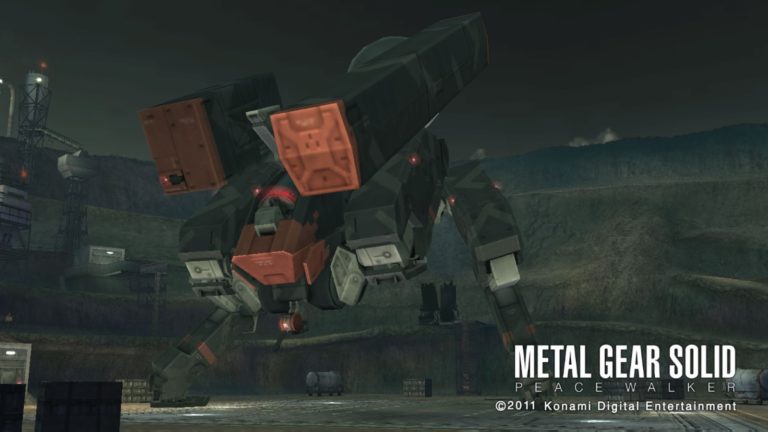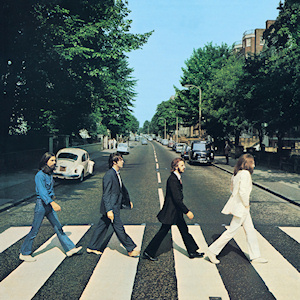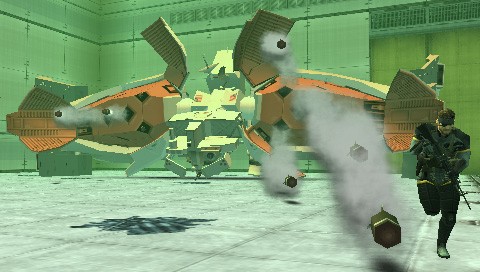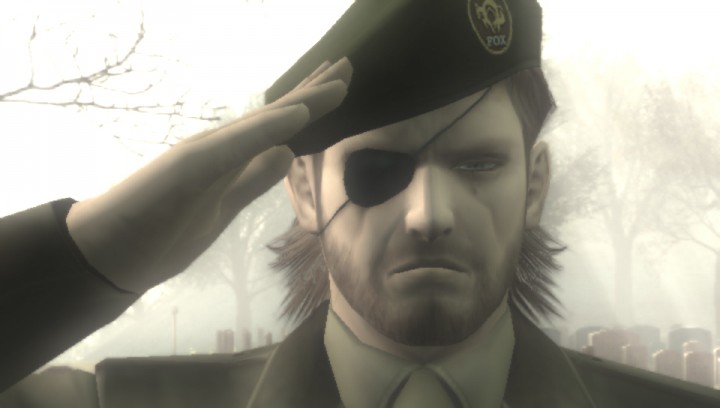First up this week is “Fickle” by Countless Thousands, yet another song from their debut album We’re...
Month: January 2016
If you’ve read even a couple of my posts on this blog, then you’re probably aware that...
AFTERTHOUGHTS This has been quite a journey that we have embarked on. It literally took me months...
We’re starting up a new column here on IC2S (to go along with Quick Fixes, Retrospectives and...
So finally we come to the most recent entry in the Metal Gear franchise – and likely the...
Bloody hell, did I ever have a “week”. A friend and I got into a heated argument...
Welcome back to the Metal Gear retrospective! In this entry we’re going to cover the 10th game in...
Welcome back to the Metal Gear retrospective! In this entry we’re going to be covering the ninth game...
Welcome back to part eight of the Metal Gear retrospective. In this entry we’re going to be covering...
First up this week is “Space Oddity” by David Bowie from his 1969 self-titled album. I picked...
Welcome back to the Metal Gear retrospective! In this entry we’re going to cover the seventh entry in...
Welcome back for part six of the Metal Gear retrospective. In this entry, we’re going to be covering...
Welcome back to the Metal Gear retrospective! In this entry we’re going to cover the fifth canonical installment...
As you have probably heard by now, during this past week President Obama has taken executive action...
